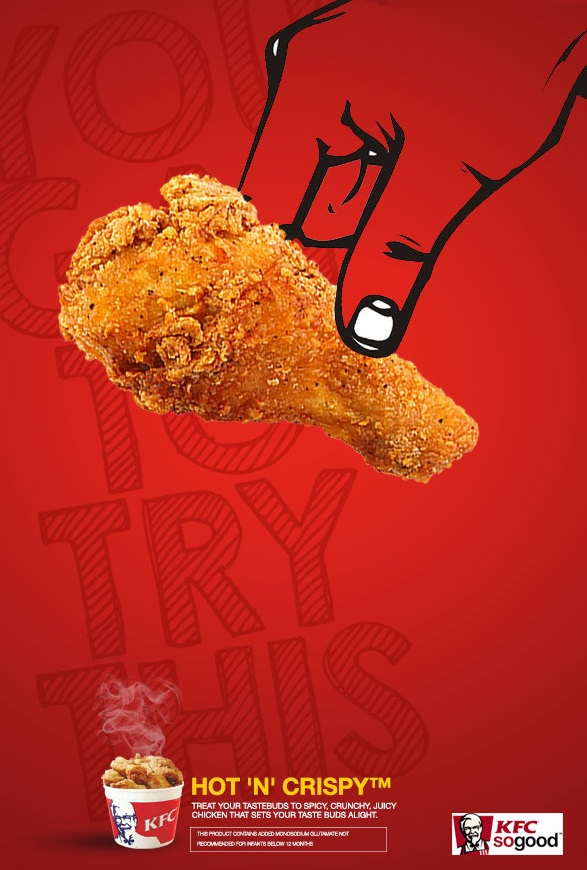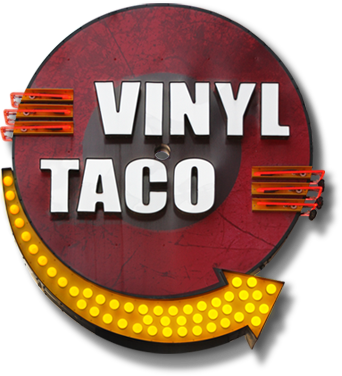Local News
North Dakota Ag Commissioner Doug Goehring

North Dakota – The following is a full transcription of the conversation with Republican North Dakota Ag Commissioner Doug Goehring who is up for re-election.
So you’re up for election? Right? There are a lot of things that you’ve been working on, particularly with the federal government. Tell us about that.
“So, a couple of different things happen in this job. One is that we have primacy in the state, especially on the fifth row, which is the fungicides and insecticides rodenticides. Act so virtually makes us partners with the EPA on enforcement. The good thing about that is instead of the federal government coming in, and just throwing down manuals and books and playing the gotcha game with the with businesses and the public, this is more about taking a different approach and doing compliance assistance and helping the regulated industry understand what requirements exist out there, what do we need to do to comply, and then we actually play in that role of not only assisting them, training, and then going back expecting inspecting and auditing their businesses, then helping them to become compliant. So that’s just one area. But there’s so many areas besides just that regulatory side, we have animal health, we have pesticides, there’s fertilizer, there’s meat, milk, and eggs. Here at the department, we got about 140 different programs. That’s just within the department. Then the role of Ag Commissioner itself is there’s 100 boards, commissions, and councils that I serve on. And it ranges all the way from State Board of Equalization to, you know, the Industrial Commission bank in North Dakota. State mill and elevator, public finance, 30 Housing Finance Agency, affordable housing for North Dakotans transmission authority, pipeline authority. And then you have water, infrastructure, all those things, business development, trade, they all fall under my portfolio. So it’s a busy job. And then it entails a lot of policy work on issues concerning Washington. You’re never bored, and it’s never dull around here,” explained North Dakota Agriculture Commissioner Doug Goehring.
Now, there are four meatpacking plants that control a lot of the processing. What are you working on to help small to medium-size meat processing centers here in North Dakota?
“Yeah, well, great question. So we don’t have any major processing within the Upper Midwest. And I think it’s been realized by myself and my colleagues, my counterparts in other states, that we had to take a different approach to this issue. So during COVID, actually, we developed a program that we call it, The Meat Processing Facilities Grant Program. And we provided some funds to them to help them improve efficiencies, improve capacity, and improve delivering product to the showcase or to the consumer. And by doing that, we were actually able to pick up capacity in North Dakota by 236% in 14 months. That program, I guess, was so impressive that the federal government actually last year, adopted the program and has done it nationwide. Unfortunately, they put some twist in there, they made it a little more difficult. And although it was geared for small and mid-sized processors to improve that capacity and efficiencies. They made it so difficult to grant that you have to hire a grant writer for 20 $25,000 to look at getting a grant to purchase some equipment that might be $87,000. So actually, it’s quite a testament though to North Dakota that we’ve actually had four programs in the last couple of years that have been developed right here by the people of North Dakota with the help of the people of North Dakota that have gone nationally so I mean whether it’s the to the charitable food organization grant, emergency Hey transportation program, the meat processing grant program, the abandoned orphan well program, you know, what a great testament to the people in order to come reap the brain trust together, you can actually come up with a lot of great common sense approaches to problems that exist out there,” said Goehring.
So, you’ve been quoted as saying that, you’ve, you’ve been quoted as saying you have to constantly battle the federal government.
“Yeah. So there’s a lot of things we’ve worked with the federal government on. But there are areas when they just do something that’s ridiculous, damaging, hindering, harming, hurting others hurting industry hurting the economy. We do have to take action. I mean, whether you’re talking about waters, which is an infringement on private property rights, and it’s government overreach, trying to establish authority into areas that they clearly don’t have the authority. They do it by rule or policy versus by law. You have situations where energy independence, which is vitally important to, it’s vitally important to our country, energy security, but to agriculture, which is a big consumer of energy, whether it’s on the farm, whether it’s in the field, whether it means processing, and when you think about it, think about agriculture’s contribution to the country and to the economy. There was a study that came out in February that said 29% of the workforce in the United States is supported by agriculture. That’s pretty astounding. When you think about it, it makes sense. All of those products, those services, the parts, supplies, repairs, the equipment, the technology that comes to the farm gate, has to start someplace. And there’s an energy component to that, whether it’s in its manufacturing, turning the lights on heating homes, so people can live, be comfortable, and actually get to work drive to work. And then there’s a supply chain issue. And so with workforce and moving and transporting those products, but after the product is produced, or you just talked about on the farm, you have a great deal of energy that’s required to produce food, feed, fiber, and renewable fuel. You have product that leaves the farm gate, and it gets processed. For food for industrial use, there’s so many different aspects to it. Then there’s a huge supply chain issue there. There’s an elevation, there’s brokers, there’s logistics, there’s product going into different facilities. And that’s all. It’s all, fueling the economy and Main Street. So in different ways, either the products and goods services that are received by agriculture or the products they produce that then go out and add more value to people’s lives. So when you look at it from that point of view, when the federal government does things to over-regulate or harm by their actions, and we try to work with them behind the scenes under the radar, give them every opportunity to save face, make the corrections and take the credit if they want I don’t care, just do what’s right. They don’t and when they don’t have the federal environmental law lit or litigation review committee that we take issues to and the committee decides if we should be funding any litigation or activity. I generally will notify or I’m working in conjunction with the Attorney General. on notice. by the actions of the committee where they’re willing to step up the types of funds they’re willing to make available and be if need be, we will litigate if we have to. But keep in mind, that’s counter to our culture here in North Dakota. We’re not a very litigious society. But we’ve also seen how the rest of the world acts and behaves in response. And we’ve had to step up to defend people’s rights defend our state, defend our ability to maintain food security and energy security, and economic security, which all leads ultimately to national security and personal security,” explained Goehring.
You wear 1000 different hats as the Ag Commissioner, your opponent Fintan Dooley has been raising awareness about oil and gas land reclamation, he says that the Department of Agriculture needs to do more, is there any validity to what he’s saying? Or what is your response to his call to action?
“I’m trying to put in as short of a timeline as possible. So when I came here, over 12 years ago, one of the things I was contacted about was some of the issues in some of those legacy wells in some of those oil and gas producing areas that started in the 50s, 60s, and 70s. Going through the 80s and 90s, there were practices in place that weren’t good practices, for example, they would put all their drilling mud and, and cuttings and everything into a reserve pad. And when they were all done, they just covered it up. Well, that was an acceptable practice by EPA and by most oil and gas standards for 40, 50, 60 years. By the time we caught up to it, and we saw some problems in 2011, or I should say right after 2011. Working with Lynn Helms, the Department of Mineral Resources, we started to take a different approach, which is, you know, what, we have reserved pets, but the only thing we’re going to allow in there is freshwater, we’re going to require him to recycle the drilling mud, we’re going to require them to watch what’s going in there. And that helped us avoid future issues. Now, to that point, though, Lynn and I did go to the legislature, we did work behind the scenes to get some funding to start some research to start some work. We did a lot of the survey work. And we did find that there are 105 sites in the state of North Dakota that have some issues, and about 52 acres. So we need to do. And we’ve been doing research on those on different ones, to figure out what’s the best approach. So to the point that’s been raised about 1000s of acres, I guess, when you look across the landscape in North Dakota, we see 1000s of acres of salinity and very bad situations that exist out there. I would say not all of them are connected to oil and gas, or past practices in the oil and gas industry. There has been claims made that there are abandoned wells out there that are leaking, while they’re not even under pressure. So I’m not sure how they’d be leaking. There are some things that have come up that are that’s kind of disturbing. But if you forget the science and the biology and the soil health background on it, as you have more excessive moisture in areas, you naturally have salts that rise out of the soil. We have places that are 200 miles away from any oil and gas production, and they have severe salinity issues. But some of the work we’re doing should be able to help resolve or address some of those needs and issues out there. But it’s not a one size fits all. You have different topography of different soils, you have a different landscape, and different practices and techniques are in place. So you really have to go through and identify in each area, what’s going to be best and when you have an area that’s similar afterward, then you can apply those types of practices techniques for reclamation remediation, and we’re going to continue to do that have been doing it. I’m really not sure other than some people want us to dig in, haul it out. I don’t believe that’s the best, best solution either in these cases. You actually start to probably in some cases do more damage to the soil structure to the farming and ranching practices that are going to be out there it’s better to try to work with and in some extreme situations, you need to dig in haul,” explained Goehring.
All right. Most articles probably don’t realize the amount of work that you put into this department. So thank you for that. Thank you for wearing 1000 different hats, North Dakota Ag Commissioner Doug Gore, and thank you very much for your time.
“Thank you, Josh.”





